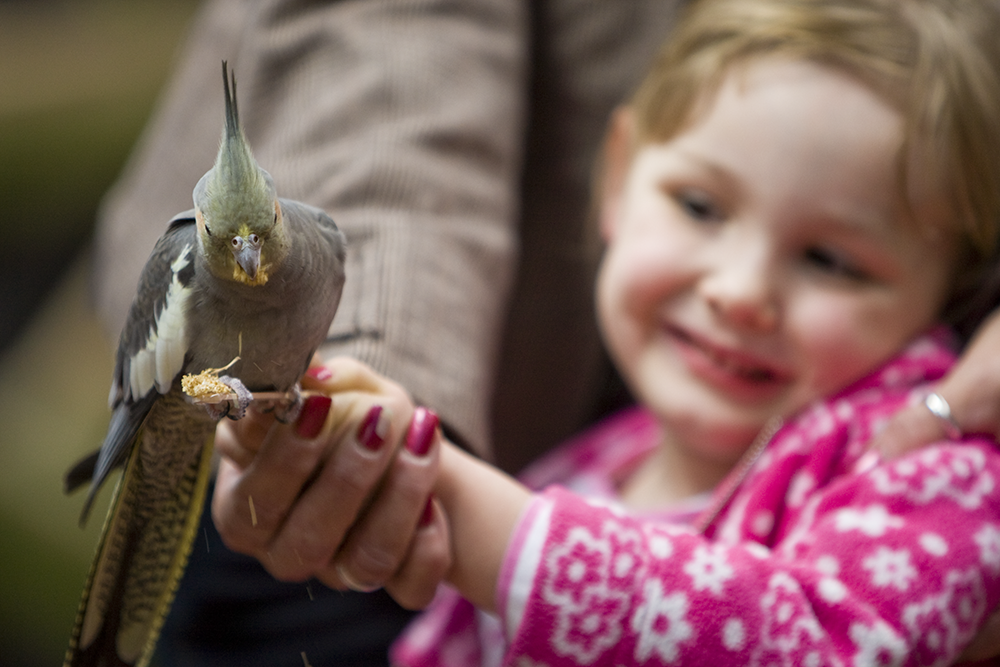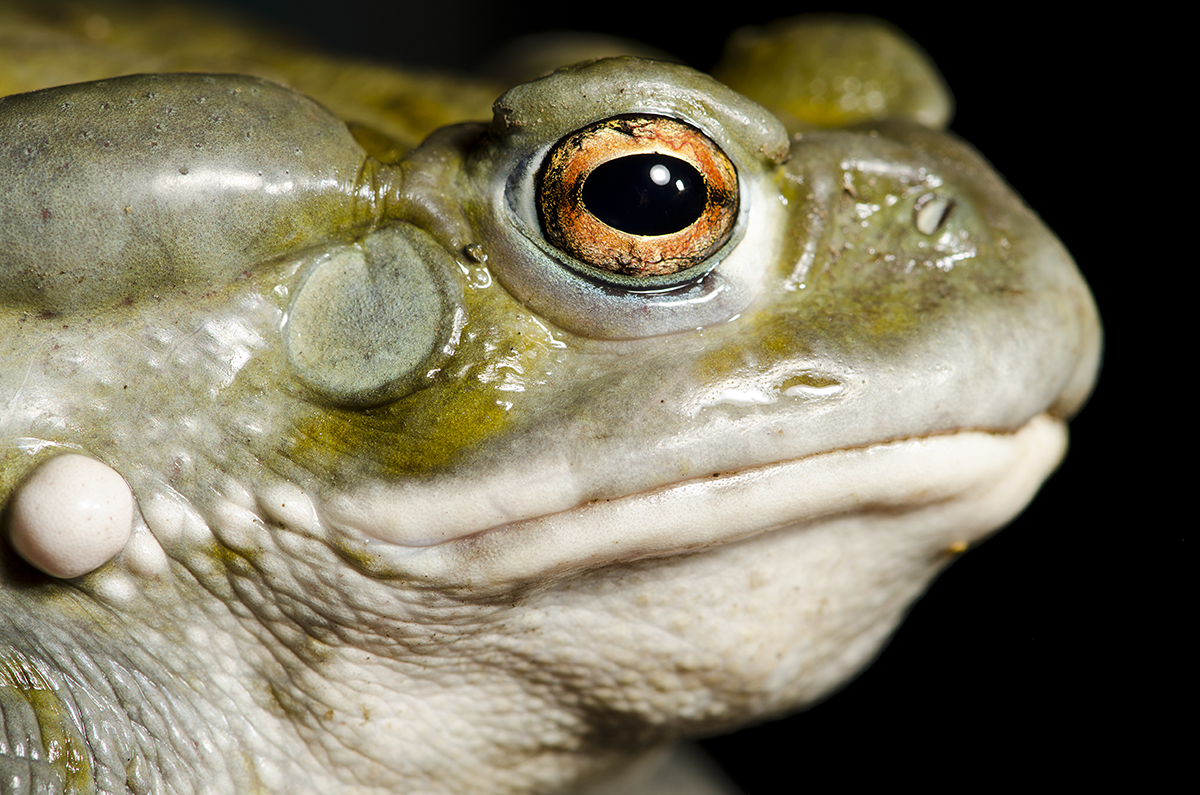
Empathy Practices Explained
Since 2019, a learning community of AZA-accredited zoos and aquariums called the ACE for Wildlife Network has incorporated empathy practices into visitor engagement efforts.
Dozens of zoos and aquariums of different sizes and across multiple states have developed, tested, and vetted a variety of empathy practices and other resources. Hundreds of staff and volunteers have used these resources and shared what they learned about increasing visitors’ perceptions of animal wellbeing and motivating them to take conservation action.
On this page, we invite you to explore some of the Network’s evidence-based resources. Below you will learn about three different components of empathy work: the effective empathy practices, characteristics of animals that influence our ability to empathize with them, and a tool to implement all the components in a concise way.
Graphic recording: The Doodle Biz.
Effective practices in developing empathy toward wildlife
What is motivational empathy and the evidence behind it? How are empathy skills developed in the brain? And what formative empathy practices are most effective in building connections with animals during educational encounters? The Seattle Aquarium’s Best Practices Briefing answers these questions and introduces six research-informed ways to incorporate empathy practices when engaging zoo and aquarium visitors.
Animal characteristics influence our ability to empathize
There are many factors that affect when and how we can feel empathy for animals. Research shows there are certain characteristics that animals display that make it more or less likely that we will relate to them.
A useful tool to connect with visitors with animals
Empathy practices can help us consistently and intentionally demonstrate that animals are unique individuals, with preferences and perspectives worthy of our respect and care. Created by Woodland Park Zoo, the Empathy Wheel is a tool to incorporate empathy practices into visitor interactions as part of a program, or during a more informal conversation. There are six parts to the Wheel that can be used in whatever order you prefer.




















